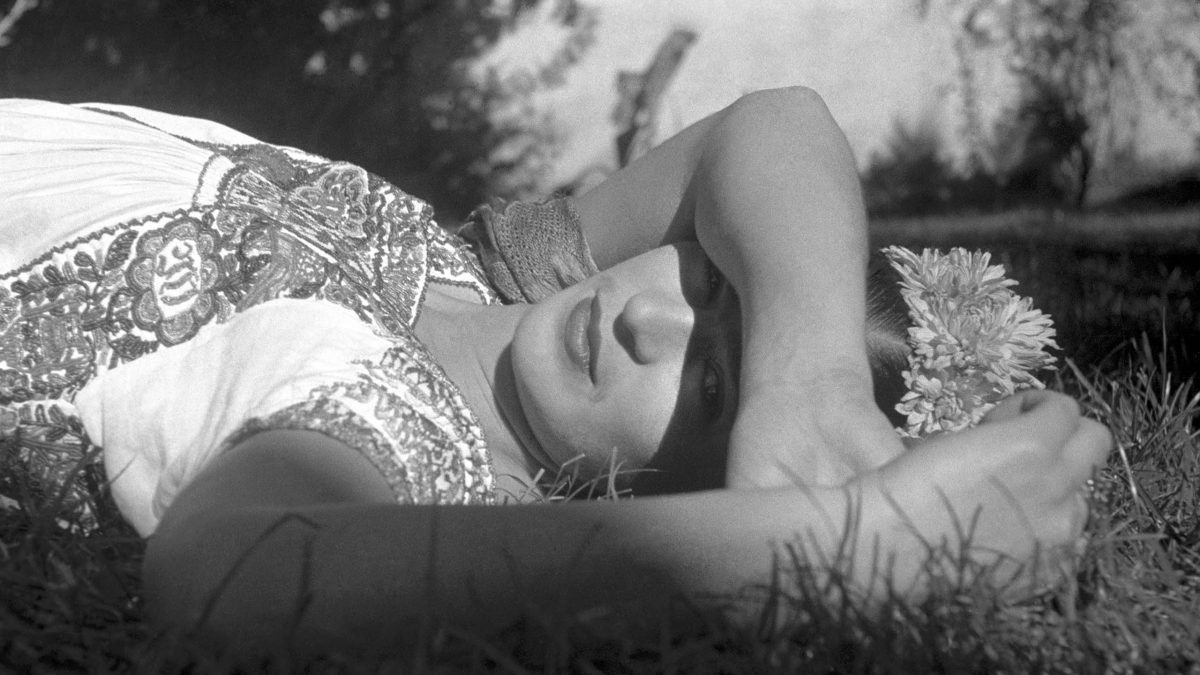
It is like a scene straight from a horror film: a young female lies in bed in a deep sleep. Suddenly, her eyes open—her room is dark and seemingly lonely. She cannot move. Even with all her strength, she seems paralyzed with the exception of her eyes. A dark, shadowy figure enters her room. She panics. The figure comes closer and places its face nearly against hers. She tries to scream but can’t. As suddenly as it begins, she wakes up. It was a dream. This is one of the many real stories told by victims of sleep paralysis in the documentary “The Nightmare.”
Sleep paralysis is one of the few psychological disorders that has been recorded for hundreds of years. Paintings, sculptures and poems dating back to the time of Classical Greece depict the affects of sleep paralysis.
Sleep paralysis is characterized by paralysis of the body during a semi-sleep state.
In an article for sleepfoundation.org, Dr. Carlos H. Schenck wrote, “A person may experience disturbing hallucinations or sleep paralysis, which is when the body is unable to move for seconds or minutes. Sleep paralysis can be quite frightening, especially when it occurs with hallucinations.”
“I started hearing voices, screaming and crying. I would hear all the sounds of hell,” explained one unnamed victim in the documentary “The Nightmare,” “and that is when the shadow man would appear, and he would walk towards me all disjointed.”
Throughout the entire experience, the victim of sleep paralysis is unable to move, increasing the terror they experience. Not all victims’ hallucinations are the same; in fact, they vary greatly.
According to a published article written by Richard J. McNally and Susan A. Clancy of Harvard University, sleep paralysis can be used to explain most bedroom alien encounters that are reported. Further, many historic occurrences in which someone encountered a demon while in bed can be contributed to sleep paralysis.
In a study by Brian A. Sharpless and Jacques P. Barber for the National Library of Medicine, they combined more than 30 studies on sleep paralysis to discover how prevalent the disorder is among the American population. With a sample size of about 36,000 individuals, they concluded that eight percent of the United States population suffered from sleep paralysis.
Several factors can increase the risk of sleep paralysis. Sleep deprivation, insomnia, erratic sleep schedules, fatigue, stress and some medications for ADHD can increase risk for sleep paralysis. Doctor Cathy Goldstein’s article “Parasomnias,” published by Science Direct, recommends that a simple lifestyle change can treat sleep paralysis. Proper sleep hygiene and proper sleep schedules can decrease and ultimately remove the threat of sleep paralysis from a victim.













